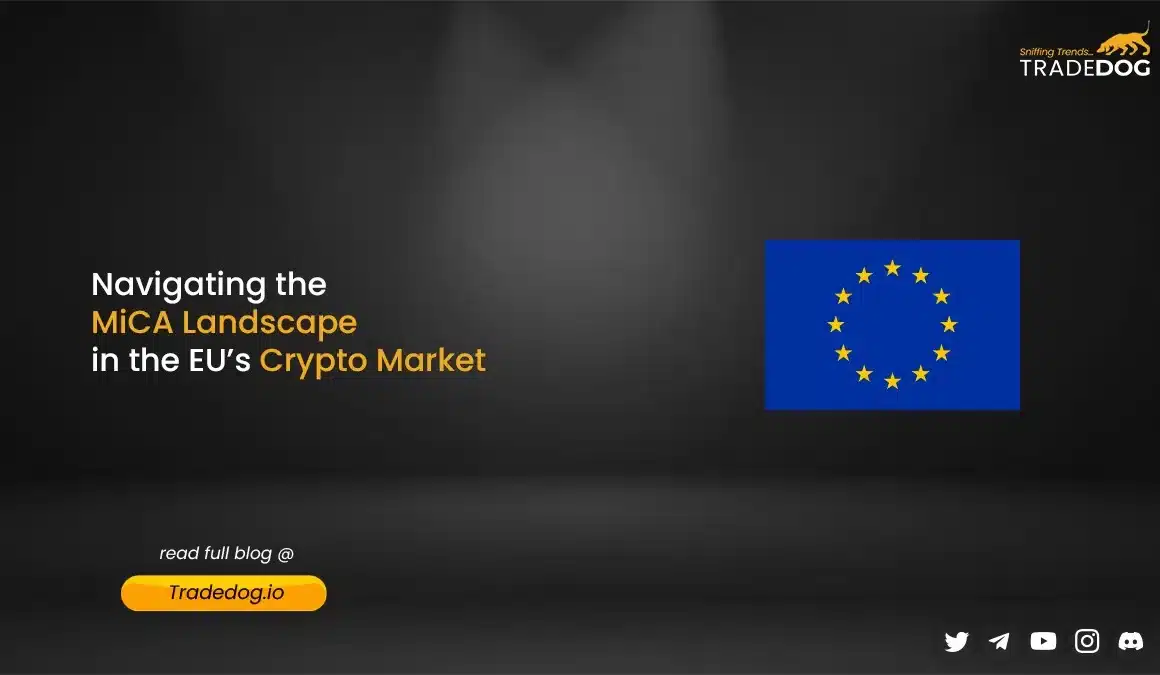Quick Links
The Markets in Crypto-Assets (MiCA) regulation marks a significant shift in the European Union’s approach to digital currency governance. This comprehensive framework not only aims to streamline crypto markets but also introduces critical measures for enhanced security and transparency. Understanding the quantifiable aspects of MiCA is pivotal for stakeholders to adapt effectively to this regulatory landscape.
MiCA at a Glance: Key Statistics and Figures
Market Coverage: The regulation applies to a broad spectrum of crypto-assets, potentially affecting over 10,000 existing digital currencies.
Service Providers Affected: Estimated to impact around 2,500 crypto-asset service providers across the EU.
Compliance Costs: Initial compliance costs for small and medium-sized enterprises (SMEs) are projected to range between €50,000 to €100,000.
Deep Dive: Critical Components of MiCA
1. Consumer Protection Measures:
- MiCA introduces mandatory risk disclosures, ensuring investors are fully informed about potential risks and returns.
- Service providers are required to maintain a minimum level of operational funds to safeguard consumer interests.
2. Operational Standards for Service Providers:
- Capital requirements: Minimum capital reserves are set at €50,000 for most providers, scaling up based on risk and operation size.
- Custodial services must adhere to stringent security protocols, reducing the risk of asset theft or loss.
3. Market Integrity Safeguards:
- Market abuse regulations are designed to curb insider trading, with penalties that can exceed €5 million for non-compliance.
- Regular audits and transparency reports are mandated to maintain market integrity.
Global Impact: MiCA’s International Ripple Effect
Harmonization Prospects:
- MiCA sets a benchmark for global crypto regulation, potentially influencing laws in major markets like the US and Asia.
- The EU’s unified approach under MiCA could streamline cross-border crypto transactions, reducing regulatory arbitrage.
Compliance Strategies: Navigating MiCA’s Regulatory Maze
1. Risk Management Enhancement:
- Crypto firms should invest in advanced risk assessment tools, potentially increasing their annual spending by 10-15%.
- Employee training and development in compliance could require an additional 5-10% of the operational budget.
2. Technological Adaptation:
- Investing in compliance software and tools could account for a 20% increase in annual technology spending for crypto firms.
The Quantitative Path to MiCA Mastery
Understanding MiCA and its quantifiable implications is crucial for navigating the evolving crypto regulatory landscape in the EU. With significant impacts on market operations, consumer protection, and global regulatory trends, MiCA sets a new benchmark in digital asset regulation. Stakeholders must strategically adapt to these changes, investing in compliance, risk management, and technology to thrive under this new regulatory regime.









